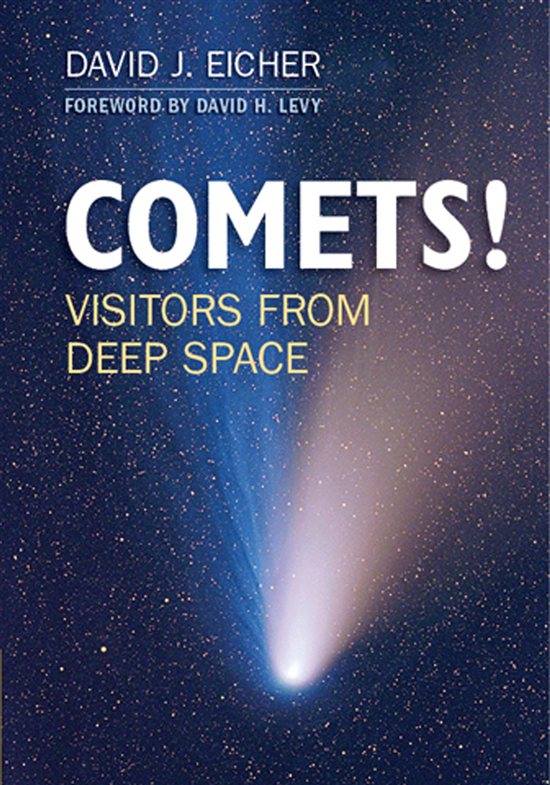 The following excerpt comes from my book Comets! Visitors from Deep Space, published last year by Cambridge University Press.
The following excerpt comes from my book Comets! Visitors from Deep Space, published last year by Cambridge University Press.
Astronomers believe that in the solar system’s past, stars have sometimes passed through the Oort Cloud. They propose that when this happened, a star would in effect tunnel its way through the cloud. A star of the Sun’s mass, moving at 20 km per second, would excavate a tube about 150 billion km wide (a distance 20 times greater than that between the Sun and Pluto), scattering the comets within that cylinder outward. In fact, astronomers believe that plunging stars, over the entire history of the solar system, have ejected some 10 percent of the comets that originally belonged to the Oort Cloud.
Planetary scientists further point to the notion that such a star plunging through the cloud would cause comets to shower into the inner solar system. A star plunging through the inner edge of the Oort Cloud, where many comets presumably reside, could cause a huge infall of millions of comets into the inner solar system. These kinds of events may have never happened, but if they did, they probably took place in the early history of the solar system, when the Sun was still in the open star cluster in which it was born.
In an attempt to analyze the potential dangers of a star passing near or through the Oort Cloud, astronomers have produced computer models, based on the Hipparcos spacecraft data, attempting to pinpoint possible close encounters with stars in the future. One such study suggests that about 12 stars pass within 3 light-years of the Sun every million years. Assuming the Sun’s current orbit about the center of the Milky Way and the galactic neighborhood around us stay the same, this would mean that something like 50,000 close encounters with stars have taken place to this degree in the history of the solar system. But perhaps some three-quarters of these encounters have occurred with red dwarf stars, which would have little effect on the cloud because they lack sufficient mass to stir things up as a solar-mass star would.
For more about the book, see: www.amzn.to/1ERSpoP
Follow David J. Eicher on Twitter: www.twitter.com/deicherstar